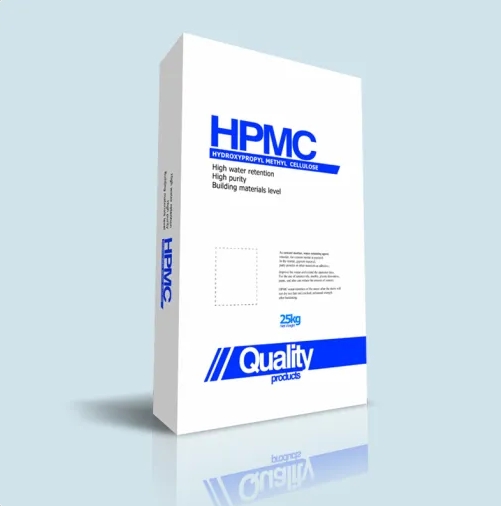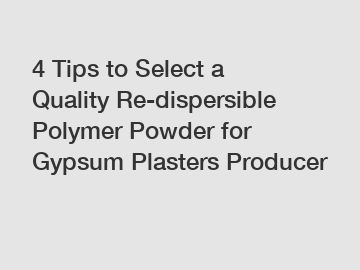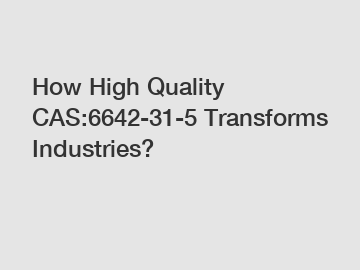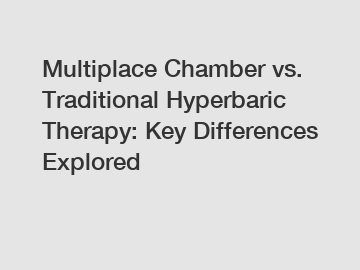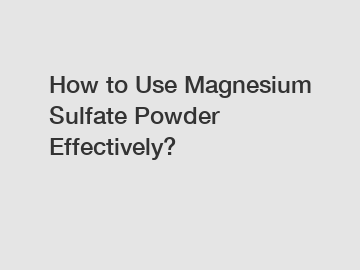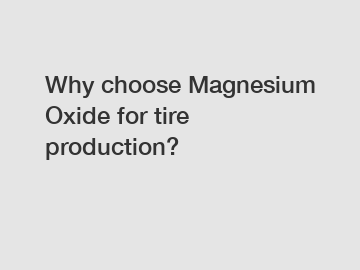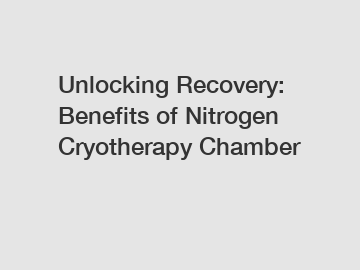How to select hydroxypropyl methylcellulose?
The dosage of hydroxypropyl methylcellulose in different applications is different, mainly based on the need for water retention. Hydroxypropyl methylcellulose is suitable for use in various mortars.
Water-retaining agents are often used in building powder materials such as plastering gypsum, bonding gypsum, caulking gypsum, and gypsum putty. The dosage is generally 0.1% to 0.2% (accounting for the amount of gypsum). When gypsum slurry is used for strong water absorption For walls and when preparing bonding gypsum, caulking gypsum, surface plastering gypsum or surface thin putty, the amount of water retaining agent needs to be larger (generally 0.2%~0.5%).
Hydroxypropyl methylcellulose (HPMC), methylcellulose (MC) and other water-retaining agents, although cold-soluble, will form lumps when directly dissolved in water. The water-retaining agent needs to be premixed and dispersed in gypsum powder. Prepare into dry powder; add water and stir, let stand for 5 minutes, and stir again for better results.
FAQS ABOUT ANIONIC SURFACTANTS
How to Choose High Quality 6-Amino-1,3-Dimethyluracil?
Unlocking Benefits of High Quality 6-Amino-1,3-Dimethyluracil
Unlocking Secrets of High Quality CAS: 6642-31-5
What Makes High Quality CAS:6642-31-5 Essential?
How to Choose High Quality N,N’-Dimethyl Urea?
Unlocking the Benefits of High-Quality N,N'-Dimethyl Urea
The higher the water retention of mortar, the better. This concept is incorrect. The water retention of mortar should be controlled within an appropriate range.
Reasons: The water retention is too good. When encountering shear walls that do not absorb water, it will cause mortar beach walls, blistering, and hollowing; the water retention is too high, the mortar layer will not dry, and the plastering work will be rushed to the deadline, and the hair will be rubbed in advance, causing the mortar to sag. cracking. If the water retention is too good, it will easily cause the mortar to become sticky and have poor workability. The plasterer will rub it back and forth, causing the mortar layer to hollow out.
MHEC Chemical for Wall Putty: Essential Benefits vs. Alternatives
How MHEC Transform Wall Putty Market Dynamics?
The Advantages of Utilizing Coating Auxiliary Agents
Unlocking the Power of Coating Auxiliary Agents
HPMC For Paints & Coatings for Sale: Ultimate Guide
HPMC For Paints & Coatings for Sale: 2024 Insights
How to Select Re-dispersible Polymer Powder for Wall Putty Suppliers?
- Previous: What is HPMC for Paint and Its Benefits?
- Next: None



